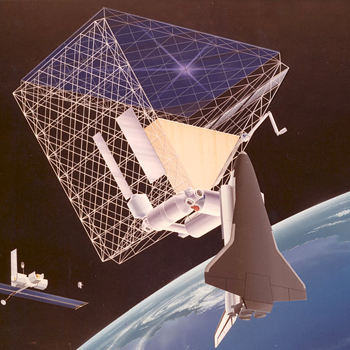Can any body explain Davisson and Germer experiment with graph ?
1 Answer
actually its difficult to write out the whole thing so help of online material has been taken
Explanation:
The experimental setup is enclosed within a vacuum chamber.
The main parts of the experimental setup are as follows:
Electron gun: Electrostatic accelerator: Collimator: and Target:
The electron beam is fired normally on the Nickel crystal.
From the Davisson and Germer experiment, we get a value for the
scattering angle θ and a corresponding value of the
potential difference V at which the scattering of electrons is maximum .
In the experiment the electron emitted from the Gun is accelerated by potential difference and electrons of definite energy are reflected/scattered from nickel crystal .
the result obtained suggests that at certain energy the atomic layer of crystal treats electron as waves and gives out maximum intensity as it would do with X-ray diffraction
i.e. the electron diffraction maxima are observed at such angles which obey Bragg's formula
2.d sin(theta) = n. lambda equation (1)
Where lambda = h/ p Equation (2)= de Broglie wavelength of electrons.
Thus these two values from the data collected by Davisson and
Germer, when used in equation (1) and (2) give the same values for
λ. Therefore, this establishes the de Broglie’s wave-particle duality and verifies his equation as shown below:
From (1), we have:
For V = 54 V, we have λ = 0.167 nm …. (3)
Now the value of ‘d’ f rom X-ray scattering is 0.092 nm.
Therefore for V = 54 V, the angle of scattering is 50.0 , using this in equation (2), we have:
nλ = 2 (0.092 nm)sin( 90.0−50.0/2) ,For n = 1, we have:
λ = 0.165 nm ….. (4)
Therefore the experimental results are in a close agreement with the theoretical values got from the de Broglie equation.
see for details
*https://www.toppr.com/guides/physics/dual-nature-of-radiation-and-matter/davisson-and-germer-experiment/*

